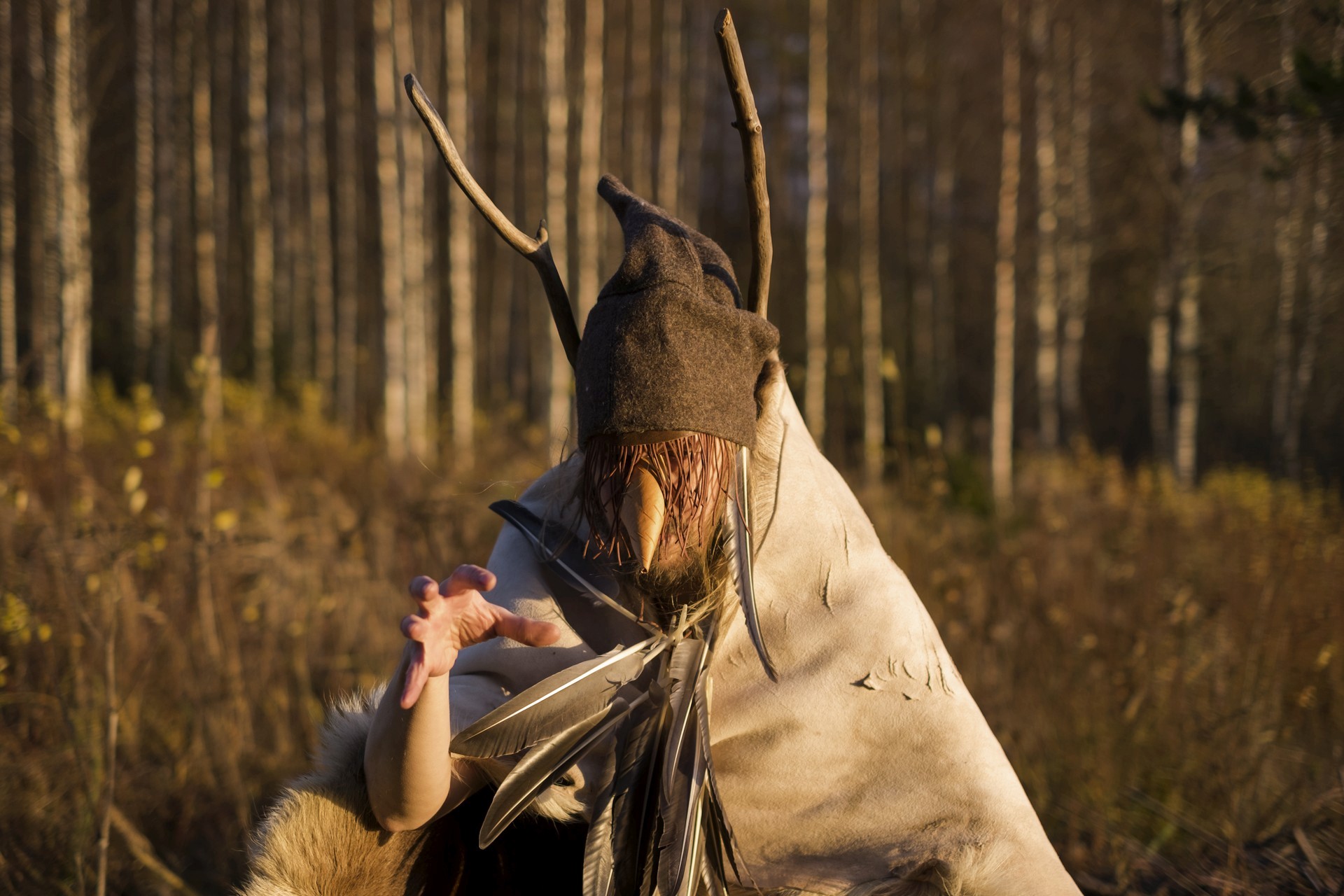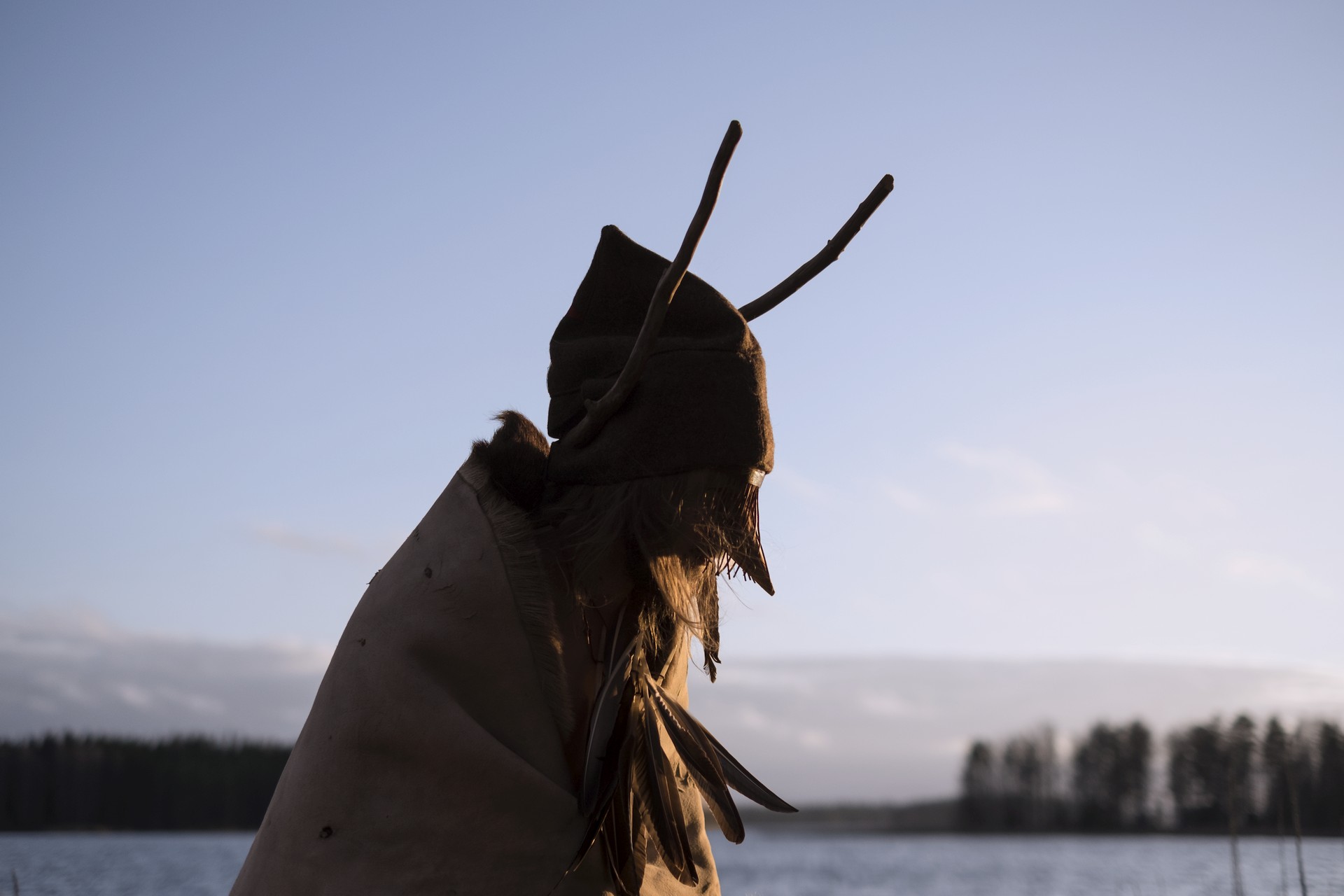Harvest festival sales are on at Steam and Itch.io -- and in the Far North we do celbrate Kekri.
So let the new adventurers be respected with the discount, and the ancestral spirits with our special Kekri costumes and customs...
During this festivity period you can grab the game for decent discount
on Steam, or from
Itch.io.
It's Kekri, not halloween, in the Far North.Kekri is an ancient Finnish harvest festival celebrated in the fall when the annual agricultural activities were all accomplished and the harvest collected. Kekri meant the end of the crop year, which was a big turning point. It was the time when the souls and spirits of the dead wandered around and visited the living. The ancestors were respected and welcomed. Sauna was heated up for them, and meal prepared too. The living celebrated accordingly, and so do we.
Kekri GoatKekri time included tradition of Kekripukki (Kekri goat) figure. People would dress up as horned creatures, wearing furs or coats upside down, and went around in their disguises and were offered food and drink.
So, what does a decent developer of tradition rich game do to follow the tradition?
Yes. He dresses up as Kekripukki.

We wish you happy and haunting Kekri time, or Halloween - if that suits you better.
Celebrate and participate!
